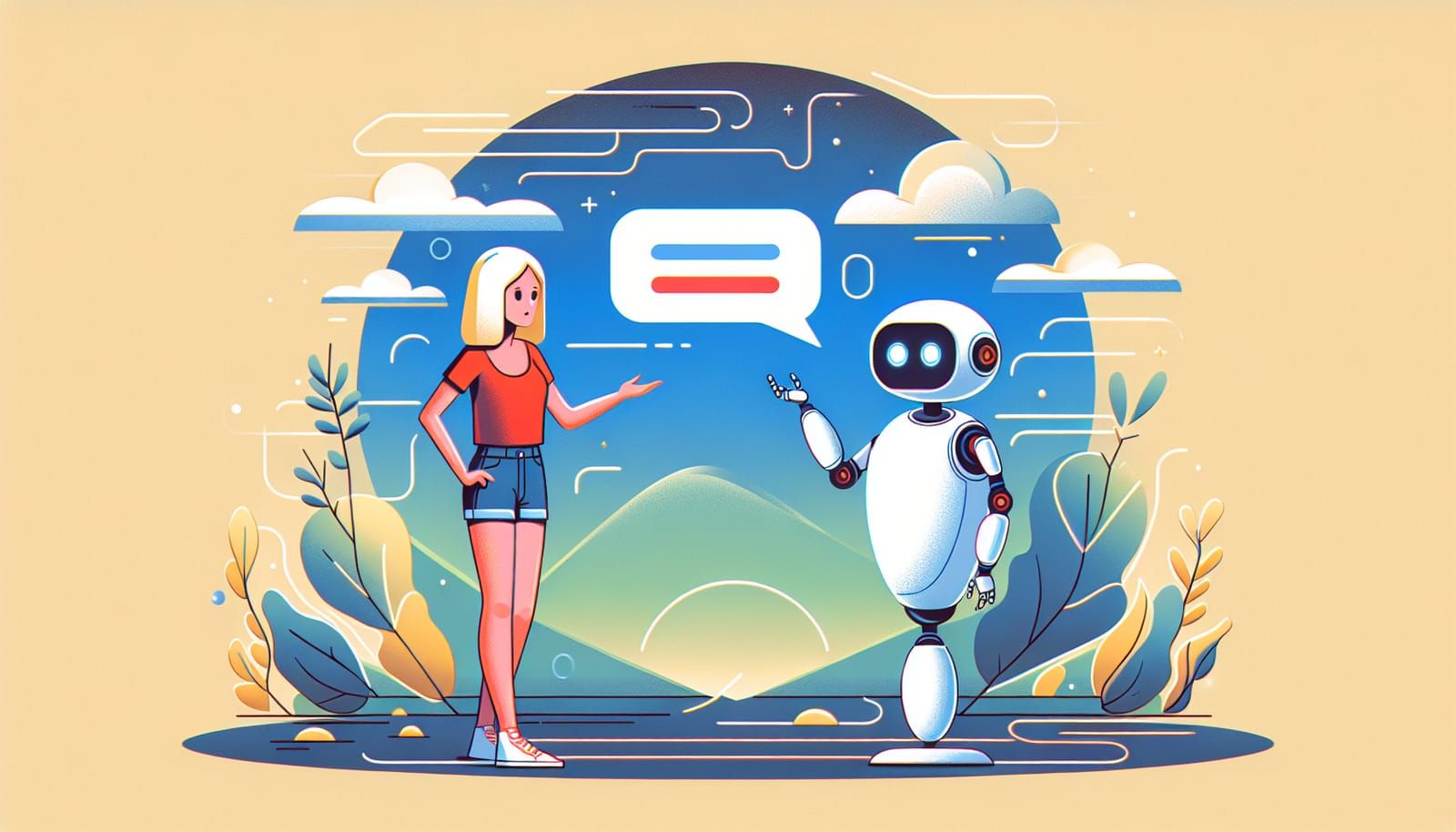In our rapidly advancing world, technology plays an essential role in making life easier and more enjoyable for everyone. One of the most exciting developments in this area is Artificial Intelligence (AI). While many people might think of AI as something found in sci-fi movies, its real-world applications are already making significant waves—especially when it comes to improving accessibility in public spaces. This article will explore how AI is breaking down barriers and creating a more inclusive environment for everyone, regardless of their abilities.
Understanding Accessibility in Public Spaces
Accessibility means that everyone, including those with disabilities, can use and enjoy public spaces like parks, libraries, and transportation systems. Imagine trying to navigate a busy city in a wheelchair, or finding your way through a crowded airport with a visual impairment. Unfortunately, many public spaces still have obstacles that make it difficult for people with disabilities to access them. That's where AI comes in!
AI can analyze large amounts of data and provide solutions to improve accessibility. From smart navigation systems to voice-assisted technologies, AI is helping to create a world where everyone can participate fully in society.
AI-Powered Navigation Systems
One of the most impactful ways AI is enhancing accessibility is through advanced navigation systems. Traditional maps and signage can be confusing and often fail to consider the unique needs of people with disabilities. However, AI-driven applications can provide personalized navigation assistance, allowing users to plot routes that consider their specific needs.
These AI systems can identify accessible pathways, elevators, and ramps, making it easier for individuals with mobility challenges to get around. For instance, apps like Google Maps are now incorporating information about wheelchair-accessible routes, helping users find the best way to their destination without unnecessary obstacles.
Imagine a blind person using an AI app that not only provides directions but also describes their surroundings in real-time. With the help of voice activation and AI recognition, the app can say, "In 20 feet, you will reach a crosswalk with a button to help you cross safely." This feature not only enhances independence but also boosts confidence.
Smart Public Transportation
Public transportation is vital for mobility, but it often presents challenges for individuals with disabilities. AI is revolutionizing this sector by developing smart transportation systems that are more accessible and user-friendly.
For example, AI can optimize bus schedules and routes based on real-time data, ensuring that buses arrive when they're needed most. Additionally, AI-enabled apps can alert users to the nearest accessible bus stops or train stations. These innovations help ensure that public transport is not just available but also usable for everyone.
Imagine waiting for a bus that is specifically designed to accommodate wheelchairs or strollers. These buses come equipped with AI that notifies the driver when someone with a disability is waiting, ensuring that they are picked up efficiently. This is a game-changer for people who rely on public transport.
Enhancing Communication
AI is also improving accessibility for people with hearing impairments. Smart technologies can now provide real-time captioning in public spaces, ensuring that everyone can participate in conversations or events. For example, during public meetings or presentations, AI can convert spoken words into text, allowing those who are deaf or hard of hearing to follow along.
In addition, AI-powered speech recognition systems can help individuals communicate more effectively. For someone with a speech impairment, these systems can interpret their speech patterns and translate them into clear spoken language. This technology is making public events and everyday conversations more inclusive.
AI in Smart Cities
The concept of smart cities is becoming a reality, and AI is at the heart of it. Smart cities use technology to improve urban living, and accessibility is a major focus. AI can analyze data from various sources—including sensors and social media—to identify areas that need improvement regarding accessibility.
For example, if a particular park is frequently visited by individuals with mobility challenges, AI can analyze foot traffic and feedback to determine if more accessible pathways or facilities are needed. This proactive approach ensures that public spaces evolve to meet the needs of their users.
Imagine a city where AI helps in planning new facilities to ensure they are accessible from the beginning. This would not only save time and money but also make public spaces welcoming from day one.
The Future of Accessibility with AI
As AI technology continues to evolve, so too will its capacity to improve accessibility in public spaces. The future holds exciting possibilities, such as AI-powered robots that can assist individuals with disabilities in navigating complex environments or even providing companionship.
Moreover, AI can facilitate more inclusive design practices by analyzing the diverse needs of communities. This means that public spaces will be designed with everyone in mind, ensuring that no one is left behind.
The integration of AI into public infrastructure represents a significant leap toward creating a society that values inclusivity and accessibility. By harnessing the power of AI, we can build a world where everyone has the opportunity to participate fully, regardless of their abilities.
AI is not just a futuristic concept; it's a present-day reality that is making significant strides in improving accessibility in public spaces. From smart navigation systems and enhanced public transportation to better communication tools and the rise of smart cities, AI is transforming the way we think about accessibility.
As we continue to embrace these technologies, it’s important to remember that creating an inclusive society is a shared responsibility. By advocating for accessible designs and supporting AI initiatives, we can ensure that everyone, regardless of their abilities, can enjoy public spaces to the fullest.
Together, with the help of AI, we can build a world that is not just smarter but kinder and more inclusive for everyone. The future looks bright, and with AI leading the way, we can look forward to a society where accessibility is a given, not a challenge.


